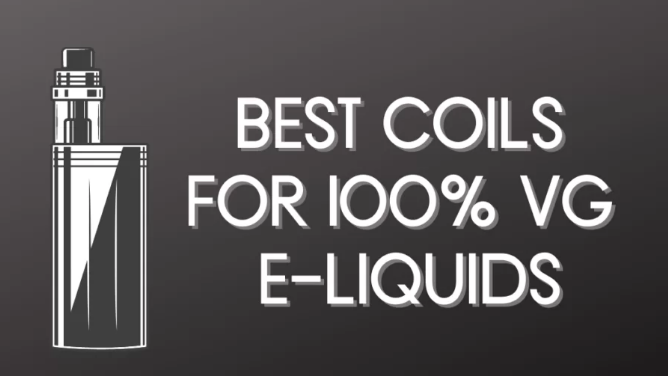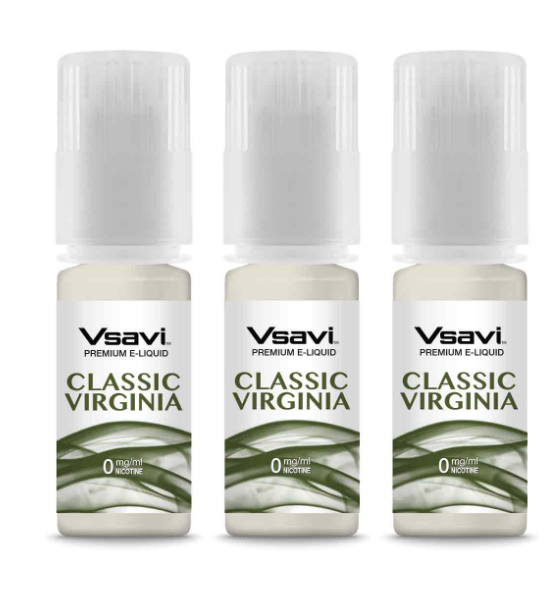Vaping 100% VG is generally safe, but long-term effects are unknown, and some may experience sensitivity or device issues.
Introduction to Vaping and VG
Understanding Vaping
Vaping is the act of inhaling and exhaling the vapor produced by an electronic cigarette or similar device. The device heats a liquid, which typically contains nicotine, flavorings, and a base, usually propylene glycol (PG) or vegetable glycerin (VG), to create vapor. Vaping has gained popularity as an alternative to smoking traditional cigarettes, with users appreciating the variety of flavors and the perceived lower health risks. The global vaping market was valued at approximately $15.7 billion in 2021 and is expected to grow at a compound annual growth rate of 28.1% from 2022 to 2030.
What is Vegetable Glycerin (VG)?
Vegetable Glycerin (VG) is a thick, sweet-tasting, and odorless liquid derived from plant oils, typically palm, soy, or coconut oil. VG is widely used in the food industry as a sweetener and in pharmaceuticals as a humectant. In vaping, VG serves as a base for e-liquids, contributing to the production of thick, dense vapor clouds. VG is preferred by many vapers for its smoother throat hit and ability to produce larger vapor clouds compared to PG. However, VG is more viscous, which can lead to faster buildup on vaping equipment and may require more frequent cleaning.
In your vaping journey, understanding the role and properties of VG is crucial for a tailored and enjoyable experience. Whether you’re chasing clouds or seeking a smoother vape, VG plays a pivotal role in achieving your desired vaping outcome.

Safety of 100% VG E-Liquids
Health Implications of VG
Vegetable Glycerin (VG) is generally regarded as safe for consumption and is used in various food and pharmaceutical products. In the context of vaping, VG is considered to have a lower risk profile compared to traditional cigarette smoking. The long-term health effects of inhaling VG vapor are not fully understood. A study published in the International Journal of Environmental Research and Public Health suggests that while VG-based e-liquids produce fewer harmful substances compared to propylene glycol (PG) based liquids, they are not completely risk-free. The study highlights the importance of continued research to fully assess the health implications of VG inhalation.
Potential Risks of Vaping Pure VG
Vaping 100% VG e-liquids poses some potential risks. Due to its thick consistency, pure VG can lead to a faster buildup of residue in vaping devices, potentially leading to device malfunction or reduced efficiency. Moreover, some individuals may experience allergic reactions or sensitivity to VG, resulting in symptoms such as throat irritation or coughing. It’s crucial for vapers to be aware of these risks and monitor their reactions when using high VG e-liquids. As with any vaping product, it is advisable to use quality-controlled e-liquids from reputable sources to minimize potential health risks.
Understanding the safety aspects of 100% VG e-liquids is essential for making informed choices about your vaping experience. While VG is considered safer than traditional smoking, being aware of its potential risks helps ensure a more enjoyable and responsible vaping journey.
Comparison with Other E-Liquid Bases
VG vs. PG (Propylene Glycol)
Vegetable Glycerin (VG) and Propylene Glycol (PG) are the two primary bases used in e-liquids. Each has its unique properties and effects on the vaping experience.
| Feature | VG (Vegetable Glycerin) | PG (Propylene Glycol) |
|---|---|---|
| Consistency | Thicker, more viscous | Thinner, less viscous |
| Vapor Production | Produces large, dense clouds | Produces less vapor, more discreet |
| Throat Hit | Smoother, less harsh | Stronger, more cigarette-like |
| Flavor Carrying | Milder flavor impact, may mute flavors | Better flavor carrier, enhances flavors |
| Allergy Risk | Low, but some may have sensitivity | Higher, more common for allergic reactions |
| Device Compatibility | May require more powerful devices, frequent cleaning | Compatible with most devices, less buildup |
Blended E-Liquids
Blended e-liquids combine VG and PG to achieve a balance of vapor production, flavor, and throat hit. The most common ratios are 70/30 VG/PG and 50/50 VG/PG. The choice of blend depends on personal preference and the type of vaping device used. Sub-ohm devices, which operate at higher power, are better suited for high VG blends due to their ability to handle the thicker liquid and produce large clouds. In contrast, smaller devices such as pod systems work well with higher PG blends for a stronger throat hit and clearer flavor.

Regulations and Standards
VG Quality and Purity
The quality and purity of Vegetable Glycerin (VG) are crucial for ensuring the safety and satisfaction of vapers. VG used in e-liquids should be pharmaceutical grade, with a purity level of 99.7% or higher. This standard ensures that the VG is free from harmful impurities and contaminants that could pose health risks. Manufacturers should provide transparent information about the sourcing and processing of VG to ensure consumer confidence. The consistency of VG can also affect vaping devices’ performance, so maintaining high quality is essential for both safety and device longevity.
Industry Regulations for E-Liquids
The regulation of e-liquids varies by country, but there are common standards aimed at ensuring product safety and quality. In the United States, the Food and Drug Administration (FDA) regulates e-liquids under the Tobacco Control Act. Manufacturers must register with the FDA and submit ingredient listings and health warnings on packaging. The European Union’s Tobacco Products Directive (TPD) sets similar requirements, including limits on nicotine strength and e-liquid container sizes. These regulations also mandate child-resistant packaging and prohibit certain ingredients known to pose health risks. Compliance with these regulations helps protect consumers from substandard products and promotes responsible manufacturing practices within the industry.